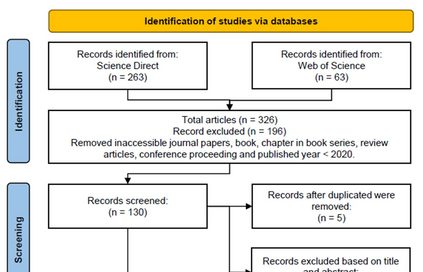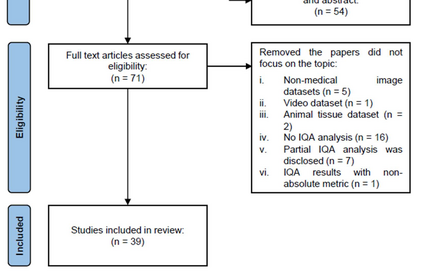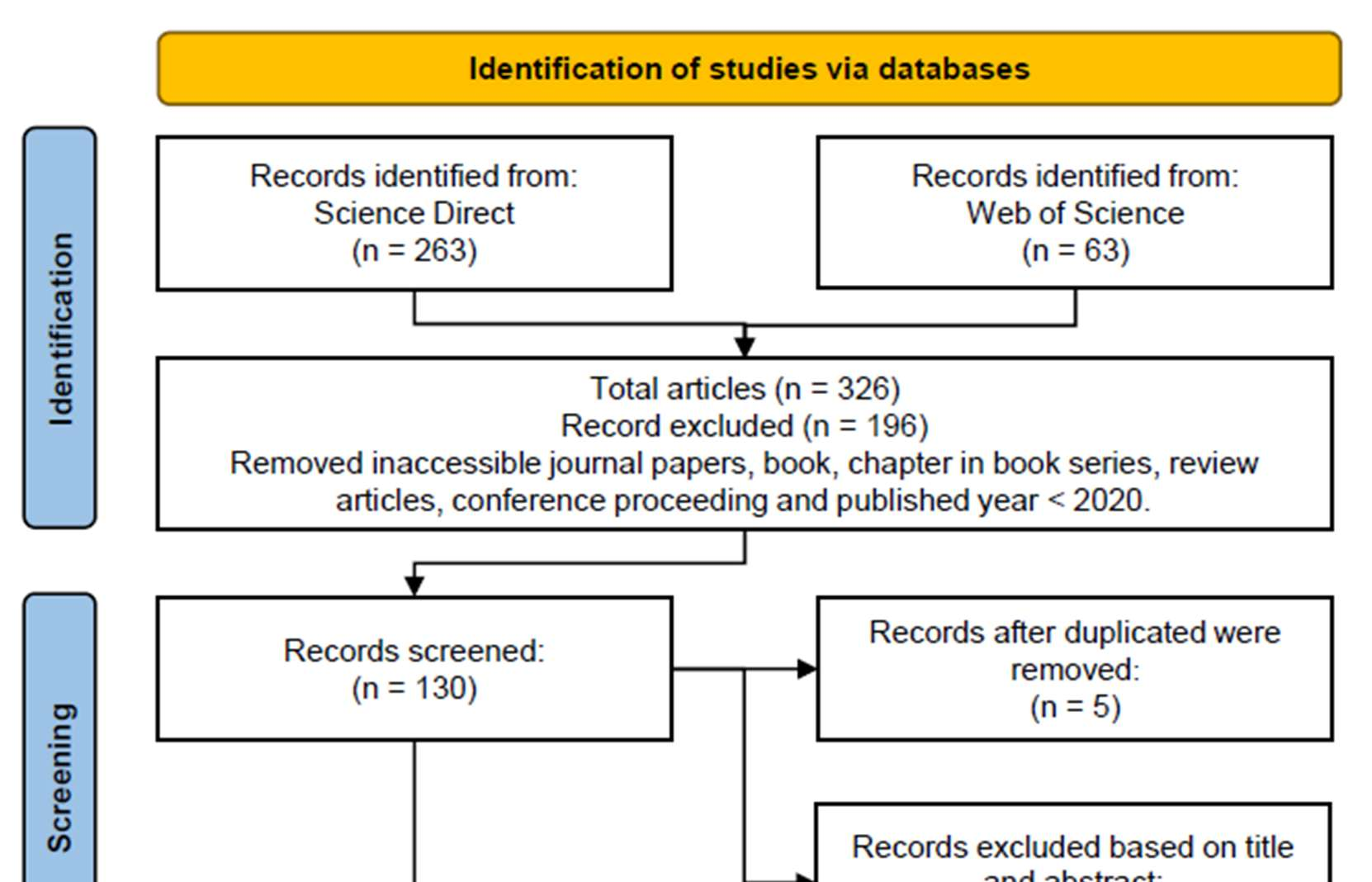Medical image enhancement is crucial for improving the quality and interpretability of diagnostic images, ultimately supporting early detection, accurate diagnosis, and effective treatment planning. Despite advancements in imaging technologies such as X-ray, CT, MRI, and ultrasound, medical images often suffer from challenges like noise, artifacts, and low contrast, which limit their diagnostic potential. Addressing these challenges requires robust preprocessing, denoising algorithms, and advanced enhancement methods, with deep learning techniques playing an increasingly significant role. This systematic literature review, following the PRISMA approach, investigates the key challenges, recent advancements, and evaluation metrics in medical image enhancement. By analyzing findings from 39 peer-reviewed studies, this review provides insights into the effectiveness of various enhancement methods across different imaging modalities and the importance of evaluation metrics in assessing their impact. Key issues like low contrast and noise are identified as the most frequent, with MRI and multi-modal imaging receiving the most attention, while specialized modalities such as histopathology, endoscopy, and bone scintigraphy remain underexplored. Out of the 39 studies, 29 utilize conventional mathematical methods, 9 focus on deep learning techniques, and 1 explores a hybrid approach. In terms of image quality assessment, 18 studies employ both reference-based and non-reference-based metrics, 9 rely solely on reference-based metrics, and 12 use only non-reference-based metrics, with a total of 65 IQA metrics introduced, predominantly non-reference-based. This review highlights current limitations, research gaps, and potential future directions for advancing medical image enhancement.
翻译:暂无翻译




